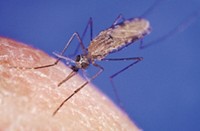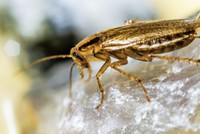Advertisement
Grab your lab coat. Let's get started
Welcome!
Welcome!
Create an account below to get 6 C&EN articles per month, receive newsletters and more - all free.
It seems this is your first time logging in online. Please enter the following information to continue.
As an ACS member you automatically get access to this site. All we need is few more details to create your reading experience.
Not you? Sign in with a different account.
Not you? Sign in with a different account.
ERROR 1
ERROR 1
ERROR 2
ERROR 2
ERROR 2
ERROR 2
ERROR 2
Password and Confirm password must match.
If you have an ACS member number, please enter it here so we can link this account to your membership. (optional)
ERROR 2
ACS values your privacy. By submitting your information, you are gaining access to C&EN and subscribing to our weekly newsletter. We use the information you provide to make your reading experience better, and we will never sell your data to third party members.
Biological Chemistry
Breadfruit Battles Mosquitoes
Researchers elucidate the active chemicals in plant extracts that keep mosquitoes at bay
by Bethany Halford
April 16, 2012
| A version of this story appeared in
Volume 90, Issue 16
Clusters of male flowers of the breadfruit plant, known as inflorescences, are prized in certain regions of the world: When these plant parts are dried and burned, the smoke can ward off flying insects, especially mosquitoes. Researchers have now elucidated the chemicals in breadfruit inflorescences responsible for keeping biting bugs at bay (J. Agric. Food Chem., DOI: 10.1021/jf300101w). Furthermore, they’ve shown that the breadfruit-based compounds are more effective at deterring Aedes aegypti mosquitoes than the popular insect repellent N,N-diethyl-m-toluamide, otherwise known as DEET. Researchers led by A. Maxwell P. Jones of the University of British Columbia, Kelowna, studied a hydrodistillate of breadfruit male inflorescences and found that certain fractions worked well in preventing mosquitoes from biting. From these fractions they identified capric acid, undecanoic acid, and lauric acid as the active mosquito-deterring compounds. Each of these fatty acids proved more effective than DEET against the mosquitoes when applied in equimolar concentrations. The researchers believe the compounds could provide an alternative to DEET-based repellents.





Join the conversation
Contact the reporter
Submit a Letter to the Editor for publication
Engage with us on Twitter